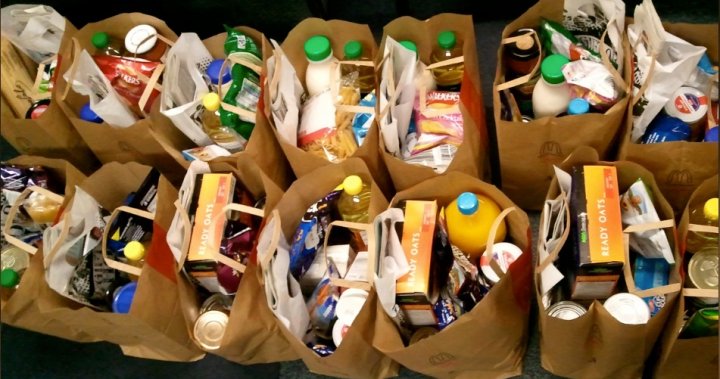
Food bank use in Canada climbed 20% during pandemic, report shows
Global News
A new report is bringing to light the heavy economic toll the pandemic has placed on Canadians' shoulders.
Food banks across the country are bracing for a “tidal wave” of new clients in the coming months, as a new report brings to light the heavy economic toll the pandemic has placed on Canadians’ shoulders.
Food Banks Canada’s HungerCount 2021 report shows that visits to food banks climbed 20 per cent nationally since the arrival of COVID-19, with one-in-four locations experiencing a 50 per cent increase in demand.
“We have a pivotal choice to make, to return to a ‘pre-pandemic’ cycle of poverty or to build a better Canada where no one goes hungry and poverty is addressed at its root causes,” said David Armour, Interim CEO of Food Banks Canada, in a news release.
“Early in the pandemic, government’s housing and income supports helped flatten demand at Canada’s food banks, but in recent months, visits are beginning to surge, with nearly one-in-seven food banks experiencing a doubling of demand — and food bank visits soaring in Quebec, Alberta, and Ontario.”
The report shows that in March, 2021, visits to food banks topped 1.3 million, the largest increase since the 2008 recession.
One-third of those accessing food banks were children, 8.7 per cent were seniors, and half were on social assistance or disability-related supports.
Although the situation has improved somewhat in Manitoba since the “lean times” early on in the pandemic, Harvest Manitoba says the national figures are consistent with what’s happening locally.
“Before the pandemic began, Harvest Manitoba was seeing something on the order of 60,000 clients that we serve province-wide each and every month; half of those being children,” says Vince Barletta, Harvest Manitoba’s president and CEO.











